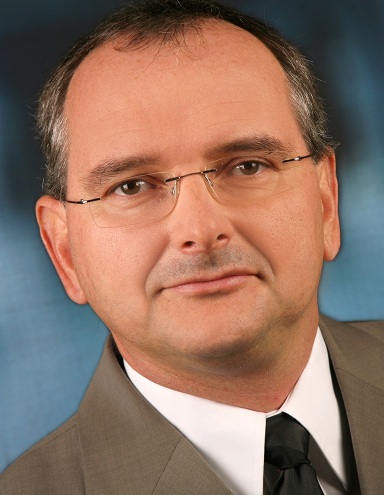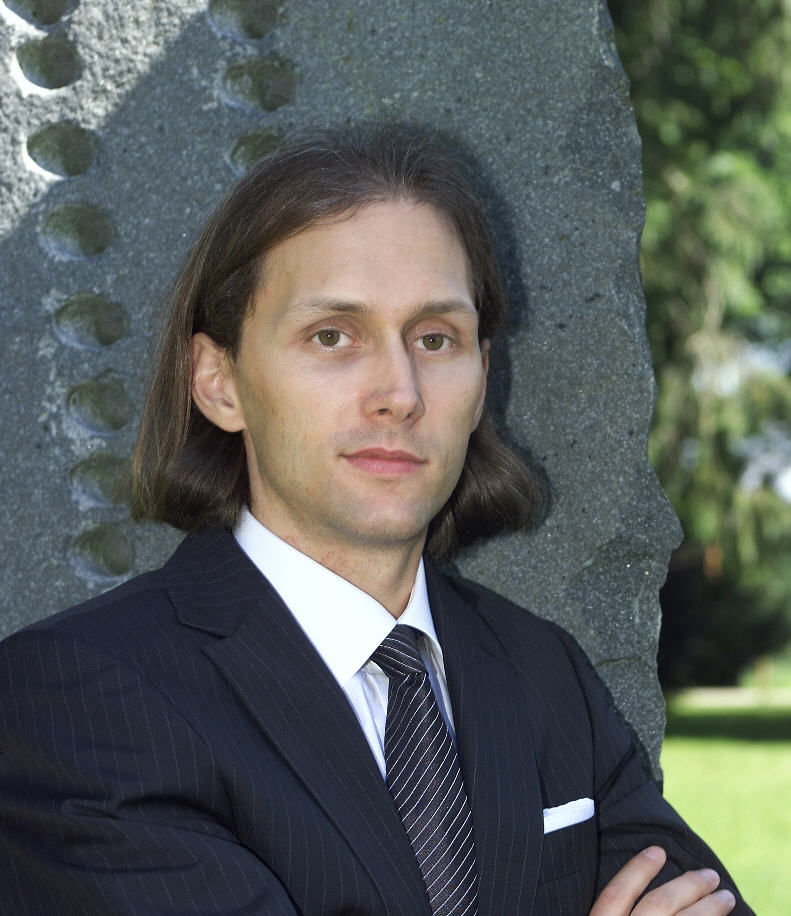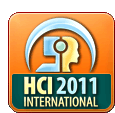T18: Brain-Computer Interface
Half Day Tutorial
Günter Edlinger (short bio)
g.tec Guger Technologies OG, Austria
Christoph Guger (short bio)
g.tec Guger Technologies OG, Austria
Objectives
The goal is to bring together researcher and interested audience in the field of Brain-Computer interfaces to introduce and discuss the current state of the art in Neural Machine Interface. In a practical part people can experience major BCI approaches.
Content and benefits
The direct connection between the human brain and a computer, a so-called Brain-Computer Interface (BCI), is what research groups all over the world are working on feverishly and successfully. A brain-computer interface translates brain waves into control signals. BCIs have been developed during the last years for people with severe disabilities to improve their quality of life. Applications of BCI systems comprise the restoration of movements, communication and environmental control. However, recently BCI applications have been also used in different research areas e.g. in the field of virtual reality.
This workshop will demonstrate major concepts for BCI control:
- motor imagery for cursor control,
- P300 for spelling and smart home control and
- SSVEP for robot control.
This allows the audience to see all required hardware and software, the typical training and classifier setup and the achievable accuracies. We will invite people from the auditorium to participate in this live demonstrations.
Content:
- definition of a brain computer interface
- the EEG, non-invasive recording of brain activity
- invasive recordings with ECoG
- assets and drawbacks of EEG-based BCI
- BCI approaches: the slow cortical potentials
- BCI approaches: oscillatory activity, alpha-, mu- and beta rhythms
- BCI approaches: steady-state evoked potentials
- BCI approaches: the P-300 approach
- limits of speed and accuracy with EEG-based BCI applications
- introduction to required hard- and software
- practical introduction: electrode montage, EEG recording
- life BCI-experiment with volunteer subject(s)
- videos: examples of BCI applications, controlling Twitter, socialize in Second Live, smart home control, BCI in VR
Target audience
People interested in learning the new skill of BCI communication, people working in the area of human-computer interaction, neuro-rehabilitation, working with handicapped people, innovative human computer interaction, people interested in combining BCI technology in their field of expertise.
Relevant links:
BCI related material
BCI related Videos
Brief Biographical sketches



